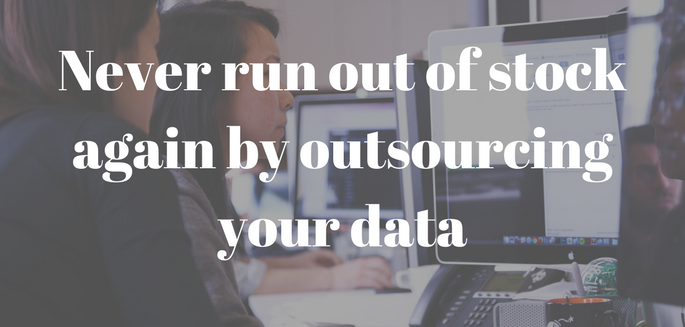
How much inventory should you order and when? A major problem that plagues new sellers who haven’t been faced with an issue that could have a major impact on the profitability of your business.
Btw, I already taught you how to scale up wholesale products on Amazon.
This post is going to dive a bit deeper on specifically how to add a system to your business that ensures you stay in stock, but never hold too much inventory that can stagnate your capital each month.
What Our Restocking Process/System Looks Like
When I got started selling wholesale products on Amazon I was so excited by the idea of ordering a month’s worth of inventory every thirty days, that I did just that. The simple fact is that isn’t exactly the best way to grow and place restock orders.
Instead of ordering 30 days worth of inventory, you should order between 15 and 20 days worth. This ensures your capital and inventory is “turning over” at a quicker rate and allows you to go a bit wider and actually spend your money twice in a given month, rather than once.
This simple tweak to your system will allow for immediate growth of your business if you aren’t already using it. This allowed me to bring on four new wholesale products without increasing the amount of capital I had to spend each month.
At some point, you’ll realize how long it can really take to calculate how much inventory to restock and when to place those orders. The quickest way is to grow into one of your first softwares: a restocking tool. Although I’m sure you’ve probably been exposed to this category of software, you may not have been properly introduced.
Essentially a restocking tool using your sales data to make your restocking decisions for you. Saving you a great deal of time and adding to your business’s efficiency. It’s incredibly simple and you could easily hire a VA to handle all of your restocking tasks with a few boundaries.
Restocking tools will allow you to give them rules, such as never having more inventory than you can sell through in 15-20 days. This is an incredible feature as you’ll never want to go out of stock, but you always want to be on the cusp of going out of stock. This is how you efficiently churn your capital and make sure your money is always making you more money. The longer inventory sits, the longer it takes you to make more money from it.
Software #1 Restock Pro
The only restocking software I’ve used to date is Restock Pro. Although it “feels” a bit heavy and is by all pragmatic arguments, it does its job well enough to hand off your restocking decisions.
Restock Pro offers a decent amount of features and promotes itself as your all-in-one shipping logistics tool. You can create and manage all of your Amazon shipments from the tool itself, but honestly Amazon’s shipping system is so simple that it doesn’t make sense to use Restock Pro’s feature.
Instead, I solely focus on their forecasting feature, which is the main focus of this post anyways.
Once you’ve created your suppliers, attached your products to those suppliers and added rules like I mentioned above, you’re all set. They’ll even email you weekly with a report. For my personal process, I simply log in once a week and see what is ready to be restock, place the orders and move on.
Restock Pro does a great job with inventory analysis. Putting in your costs of both the product and all of your shipping logistical costs allow you to ensure you’re only restocking products that are profitable, and if anything changes, you’ll be aware as the tool updates regularly and gives you some decent insights.
Restock Pro isn’t exactly cheap, but it’s well worth the price as it will help you increase your profitability, save you time and ensure you stay profitable and efficient. Eventually, you NEED to have a tool like this.
Software #2 Forecastly
I haven’t personally used Forecastly so take my words with a large grain of salt. From what I understand it’s a decent product, although mainly suited for Private Label businesses, which you don’t have if you’re reading this blog. It’s also much cheaper than Restock Pro, but in all honesty, I’m paying for accuracy in a business that leverages data so much as ours does.
It’s important to note that both tools provide a 14-day free trial.
I can’t really say much more on Forecastly as, again, I haven’t personally used them, but have talked in-depth about them with other sellers at various levels of revenue. So do your own research and give them both a try.






About The Author: Dillon Carter
Hi, with James, we're building Amazon tools that we wish we had when starting our own companies. We love tech, coffee, building systems and all things Amazon.
More posts by Dillon Carter